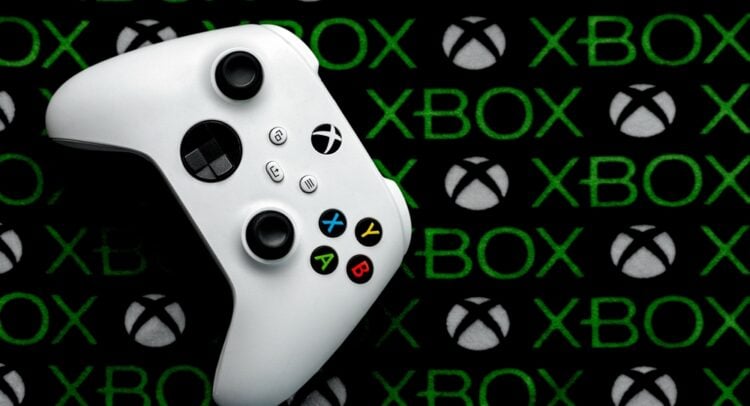Of the many minor to medium-size annoyances that come with a modern Windows 11 installation, the requirement that you sign in with a Microsoft account is one of the most irritating. Sure, all operating systems (including Apple’s and Google’s) encourage account sign-in as part of their setup process and prevent you from using multiple operating system features until and unless you sign in.
Various sanctioned and unsanctioned tools and workarounds existed to allow users to set their PCs up with old-fashioned local accounts, and those workarounds haven’t changed much in the last three years. But Microsoft is working on tightening the screws in preview builds of Windows, foreshadowing some future version of Windows where getting around the account requirement is even harder than it already is.
In a new update released to the Dev channel of the Windows Insider Preview program yesterday (build number 26220.6772), Microsoft announced it was “removing known mechanisms for creating a local account in the Windows Setup experience (OOBE).” Microsoft says that these workarounds “inadvertently skip critical setup screens, potentially causing users to exit OOBE with a device that is not fully configured for use.”
The removed commands include the “OOBE\BYPASSNRO” workaround that Microsoft announced it was removing earlier this year, plus a “start ms-cxh:localonly” workaround that had been documented more recently. In current Windows releases, users can open a command prompt window during setup with Shift+F10 and input either of those commands to remove both the Microsoft account requirement and Internet connection requirement.
Windows 11 Pro currently includes another workaround, where you can indicate that you plan to join your computer to a corporate domain and use that to create a local account. We don’t know whether this mechanism has also been removed from the new Windows build.
It’s unclear what “critical setup screens” Microsoft is referring to; when using the workarounds to create a local account, the Windows setup assistant still shows you all the screens you need for creating an account and a password, plus toggling a few basic privacy settings. Signing in with a Microsoft account does add multiple screens to this process though—these screens will attempt to sell you Microsoft 365 and Xbox Game Pass subscriptions, and to opt you into features like the data-scraping Windows Recall on PCs that support it. I would not describe any of these as “critical” from a user’s perspective, but my priorities are not Microsoft’s priorities.
Source link


